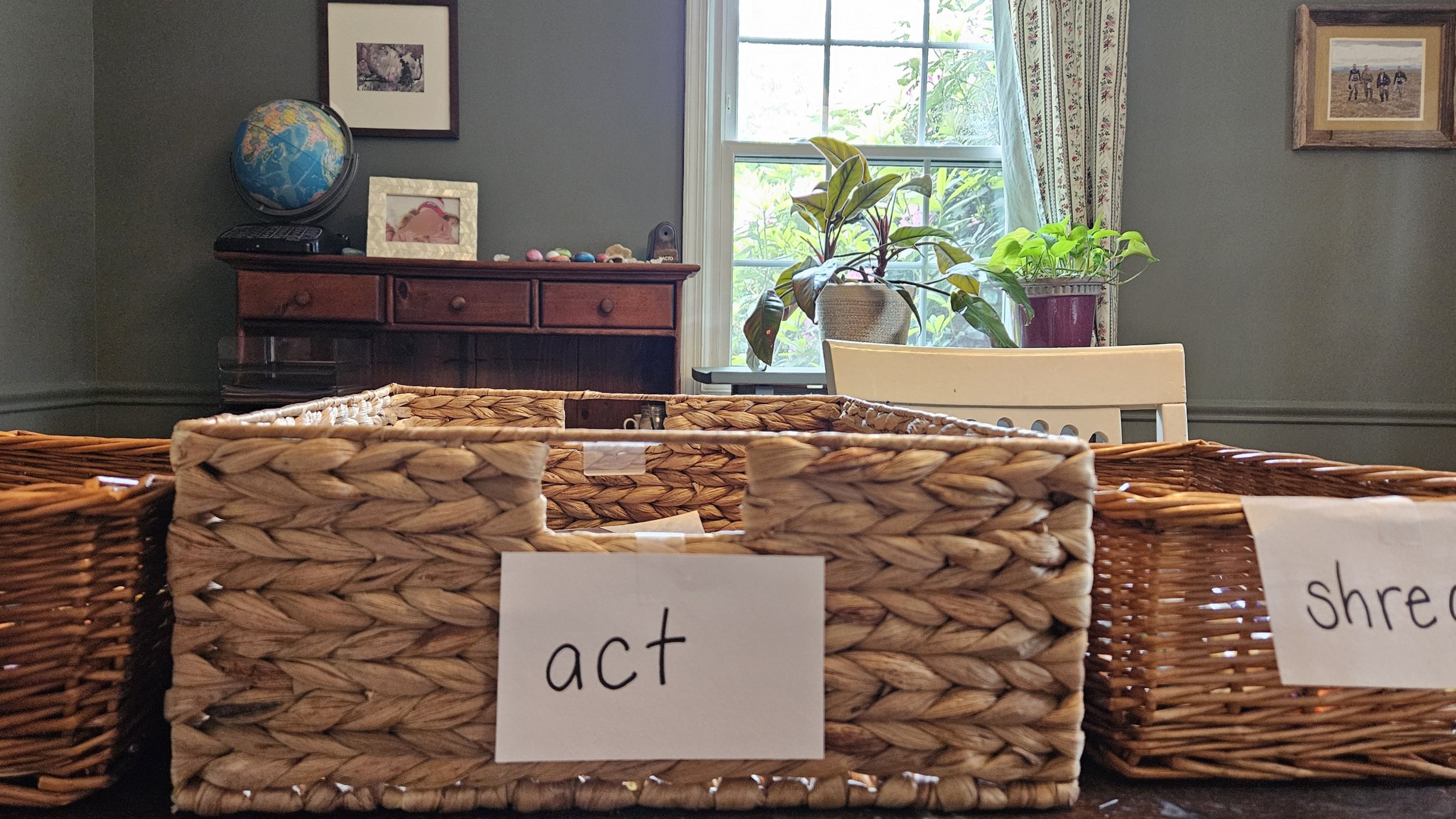When I first started out organizing, I used the “RAFT” method described here by Heather of BirchTree Organizing I don’t know who invented it- I see it all over the internet. I have found that most of my clients need a category for “Shred” more than they needed a category for “Read” so I swapped the R for an S and realized I could arrange the letters to the catchy acronym "F.A.S.T.”
Previous
Previous
Will I Regret Decluttering Something?
Next
Next





